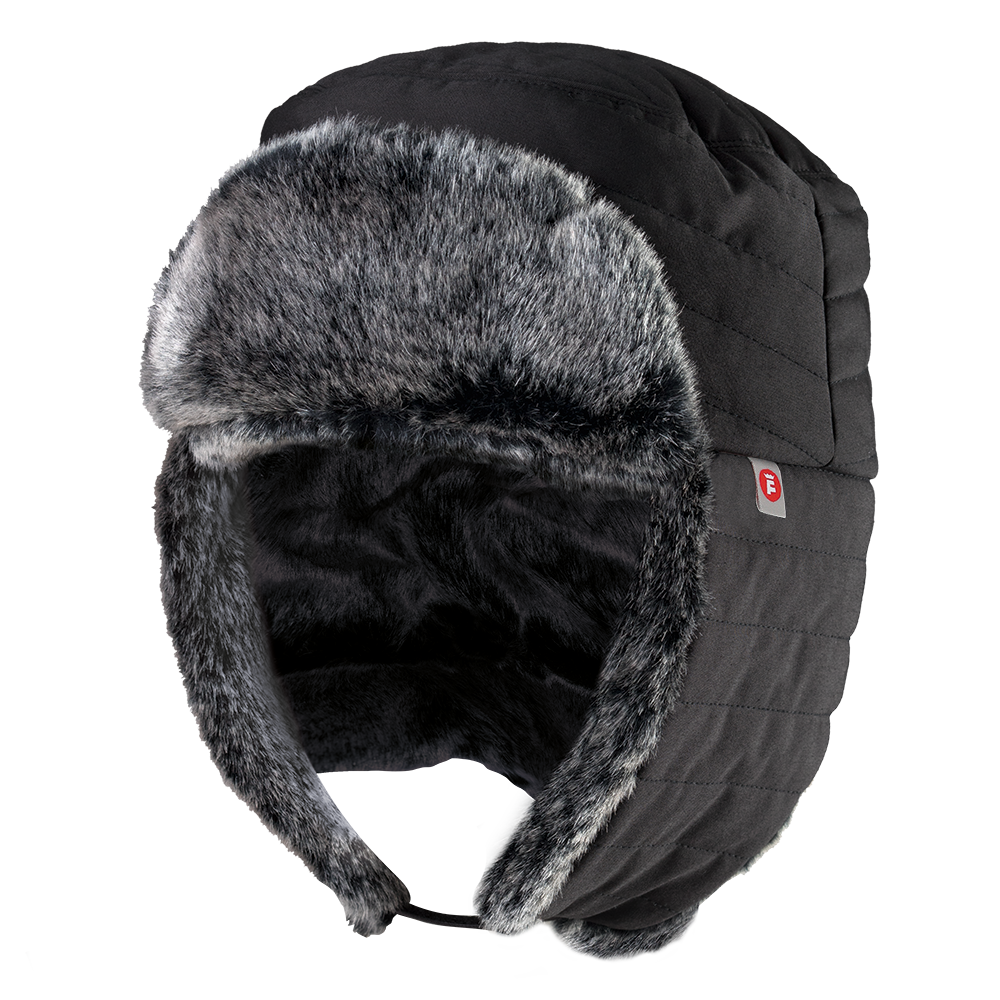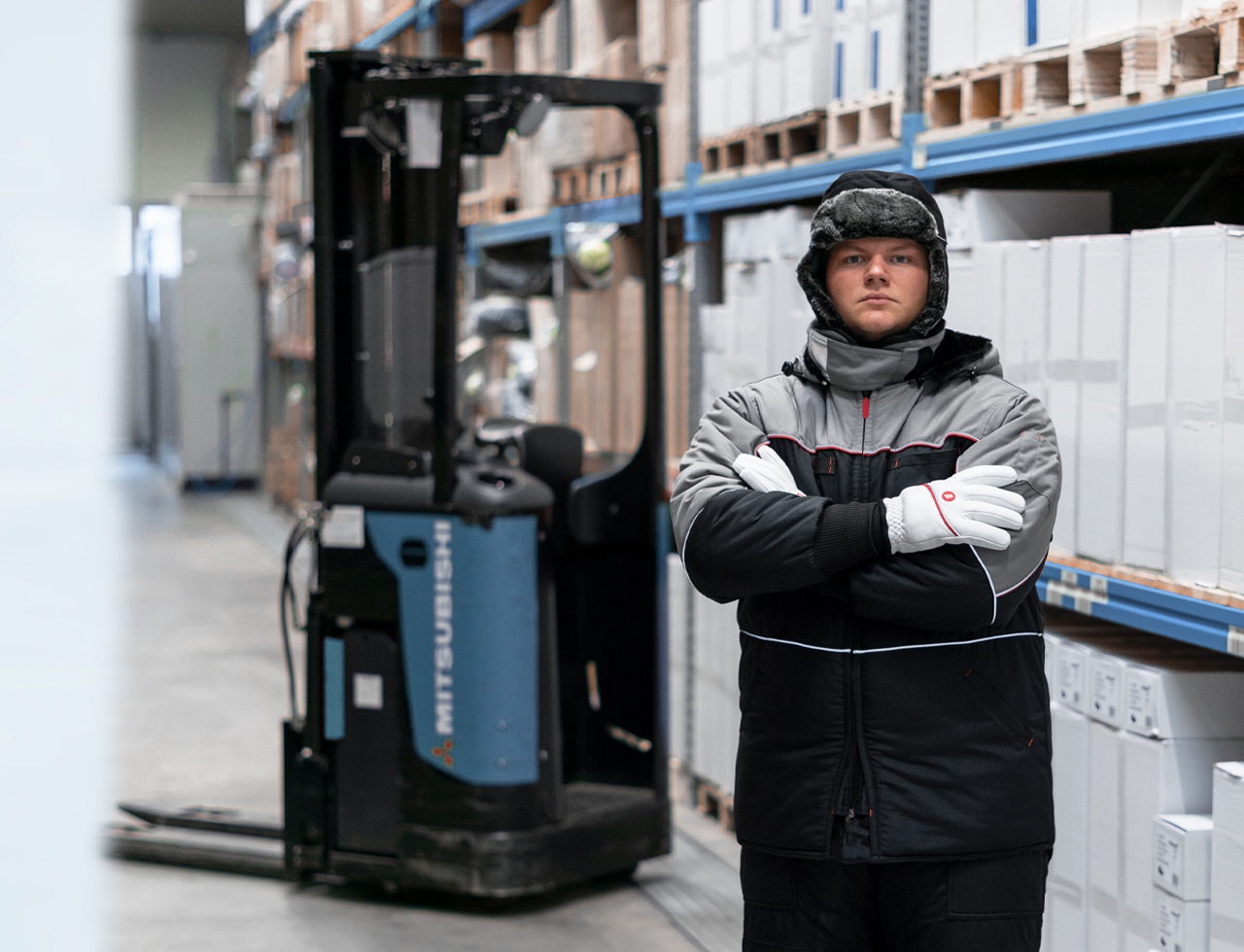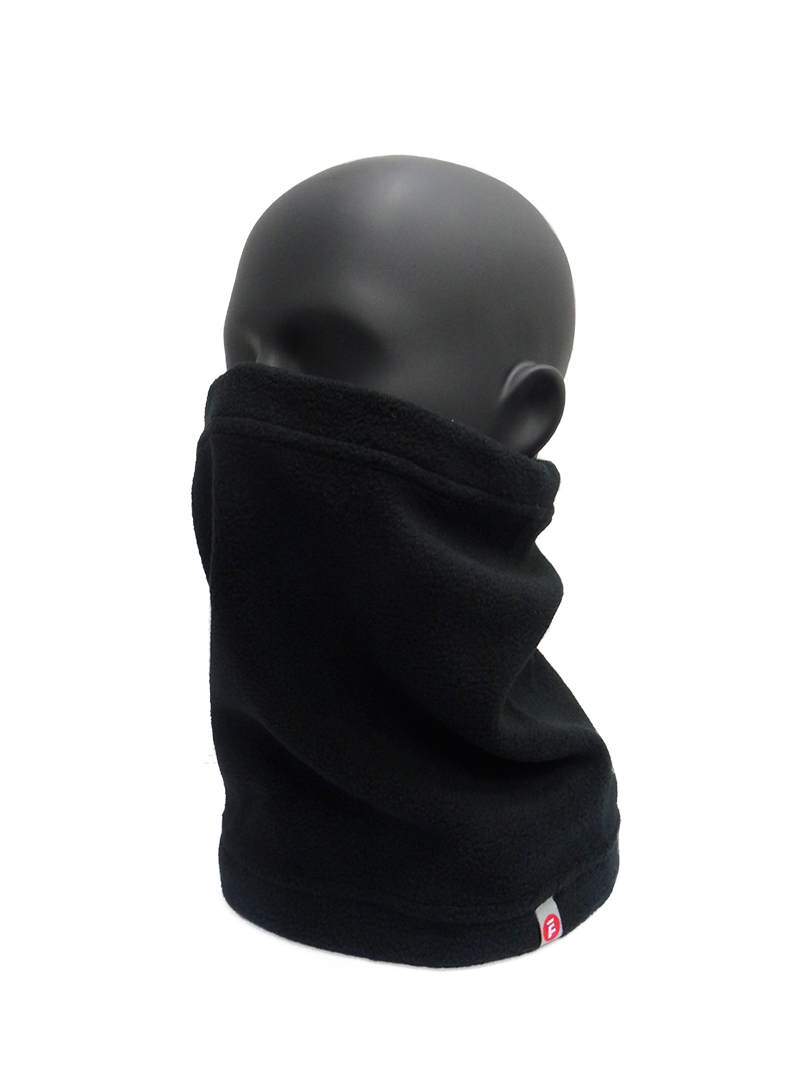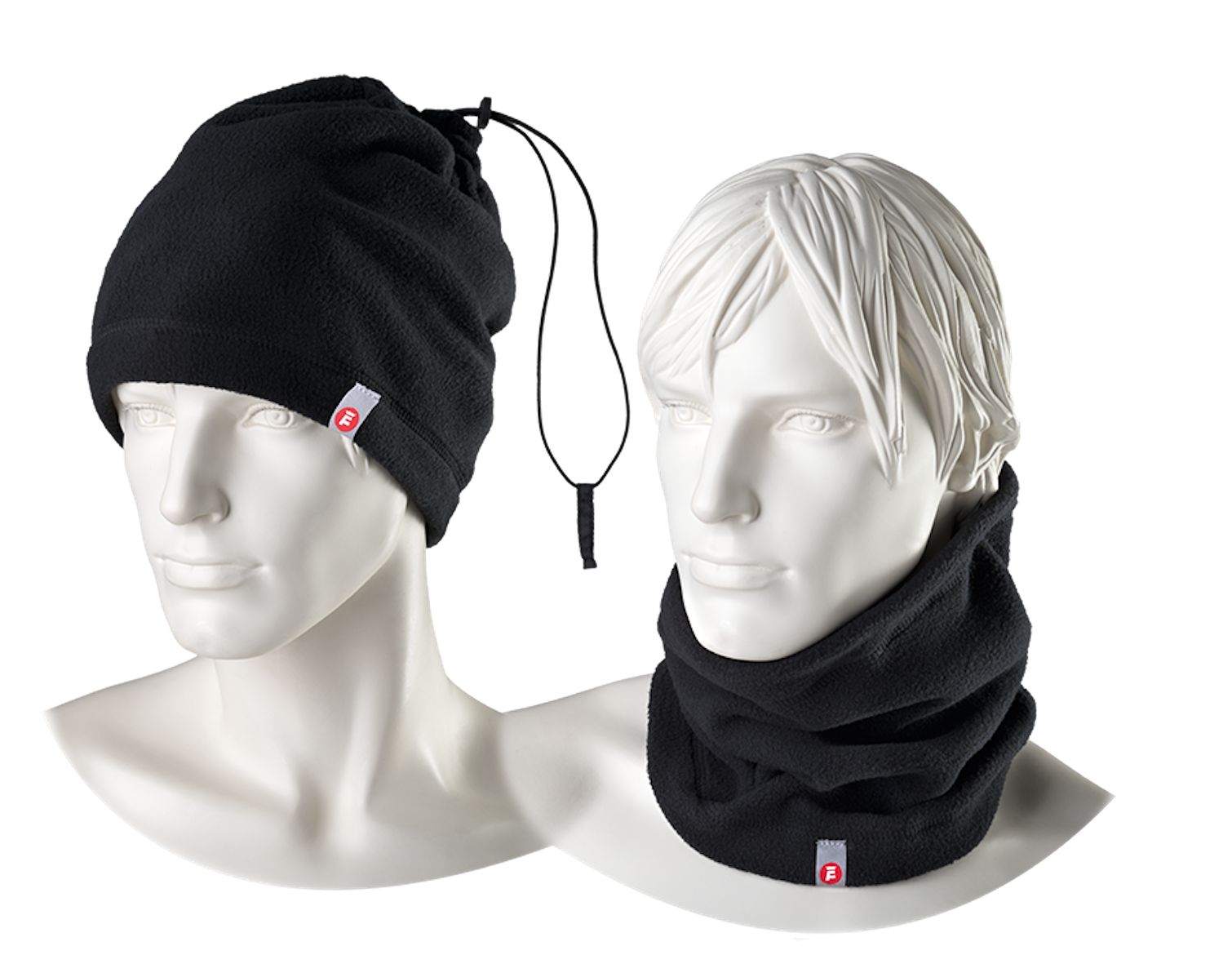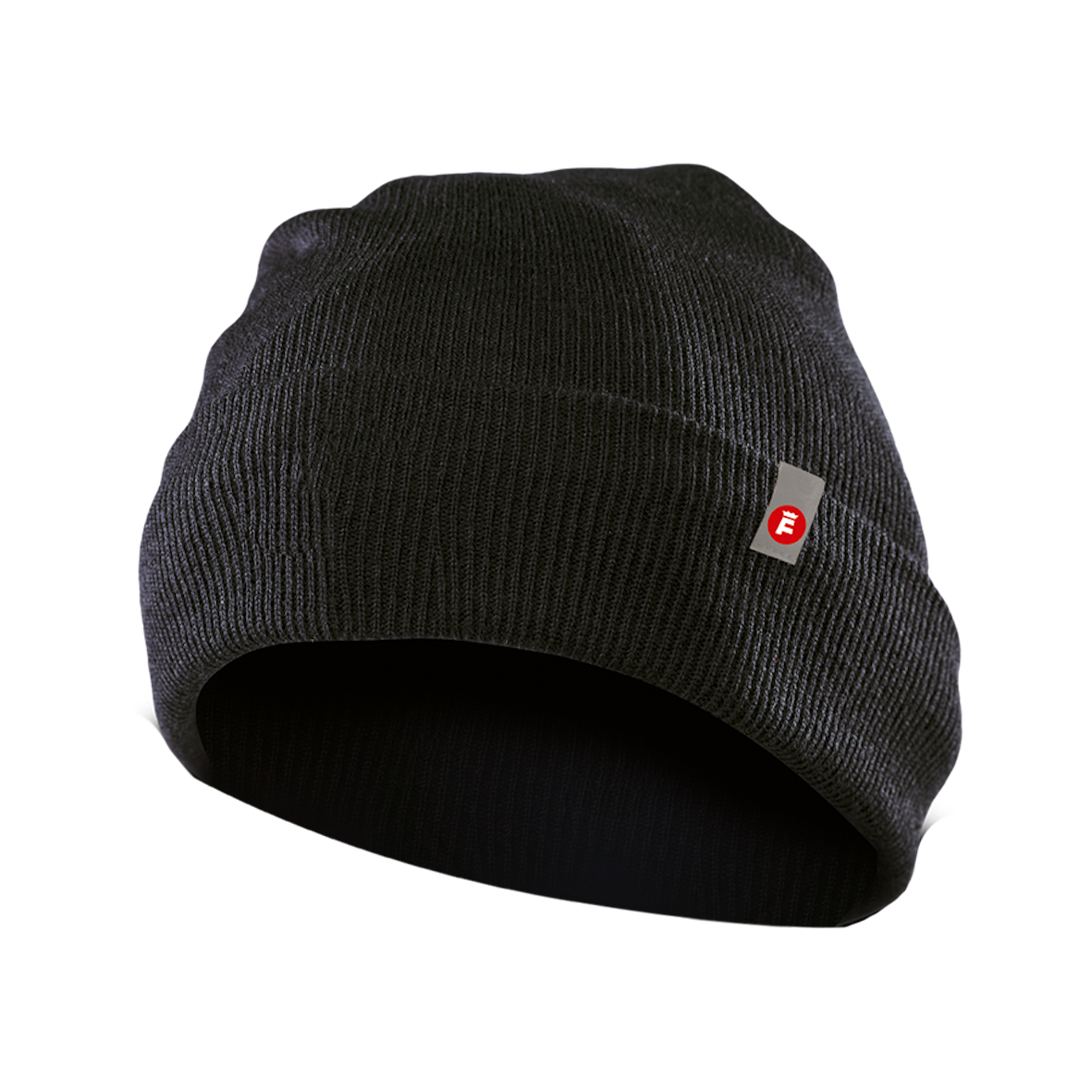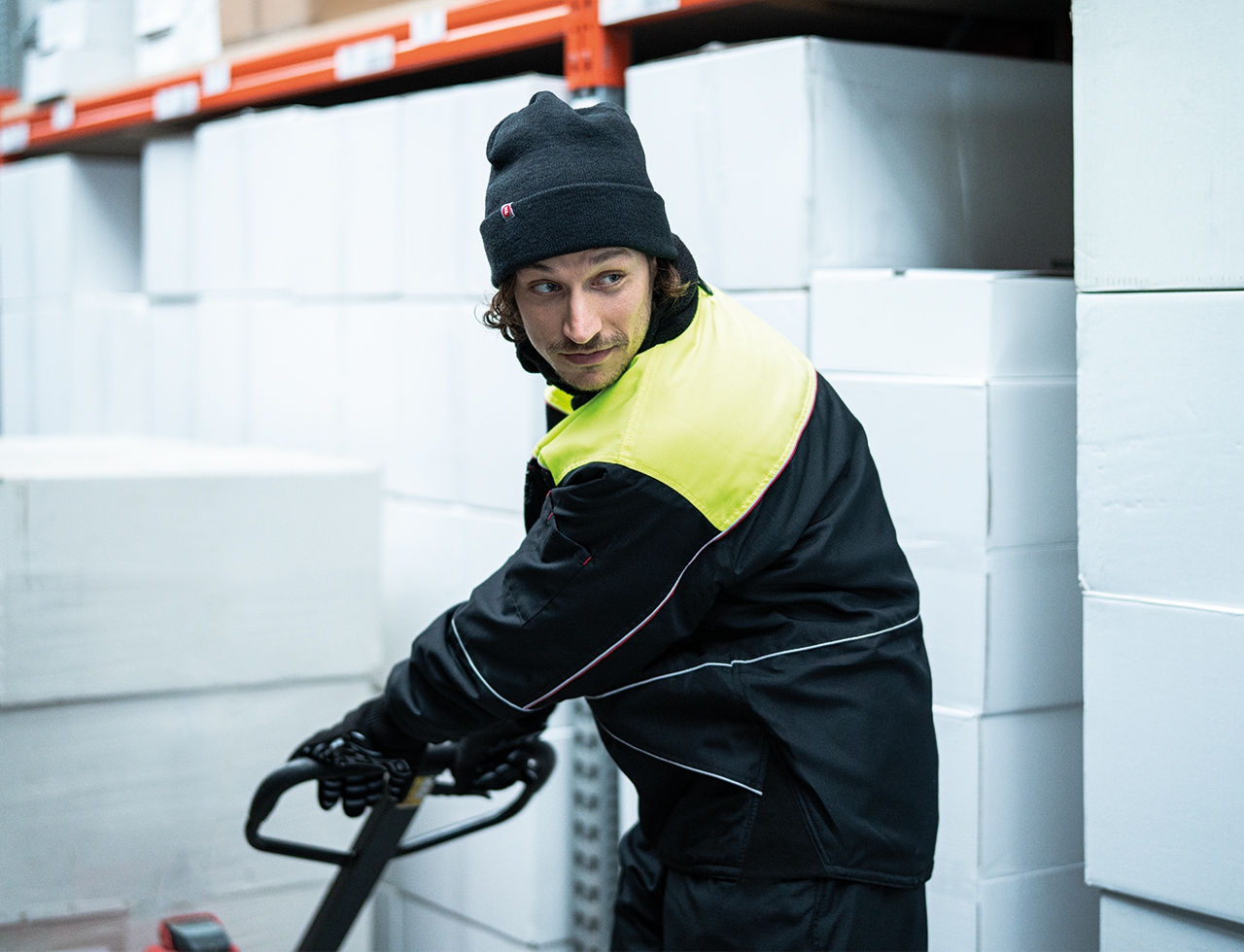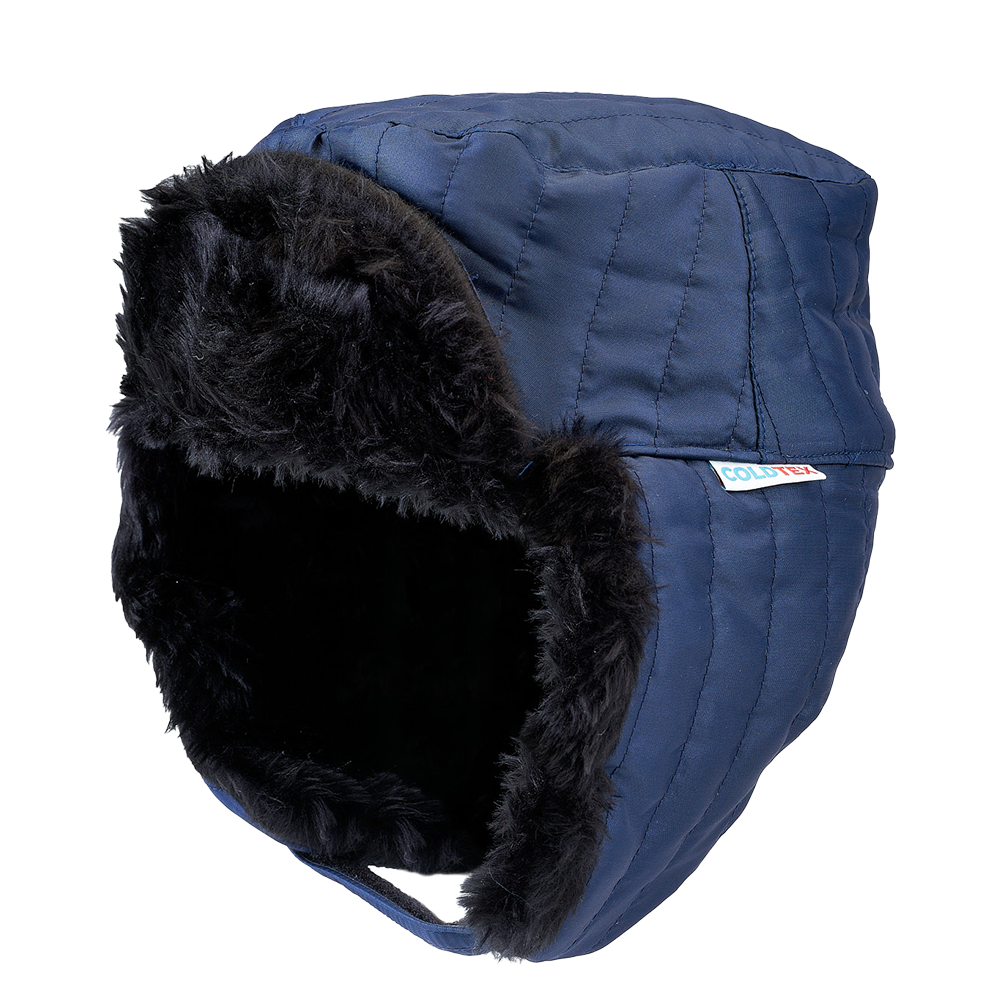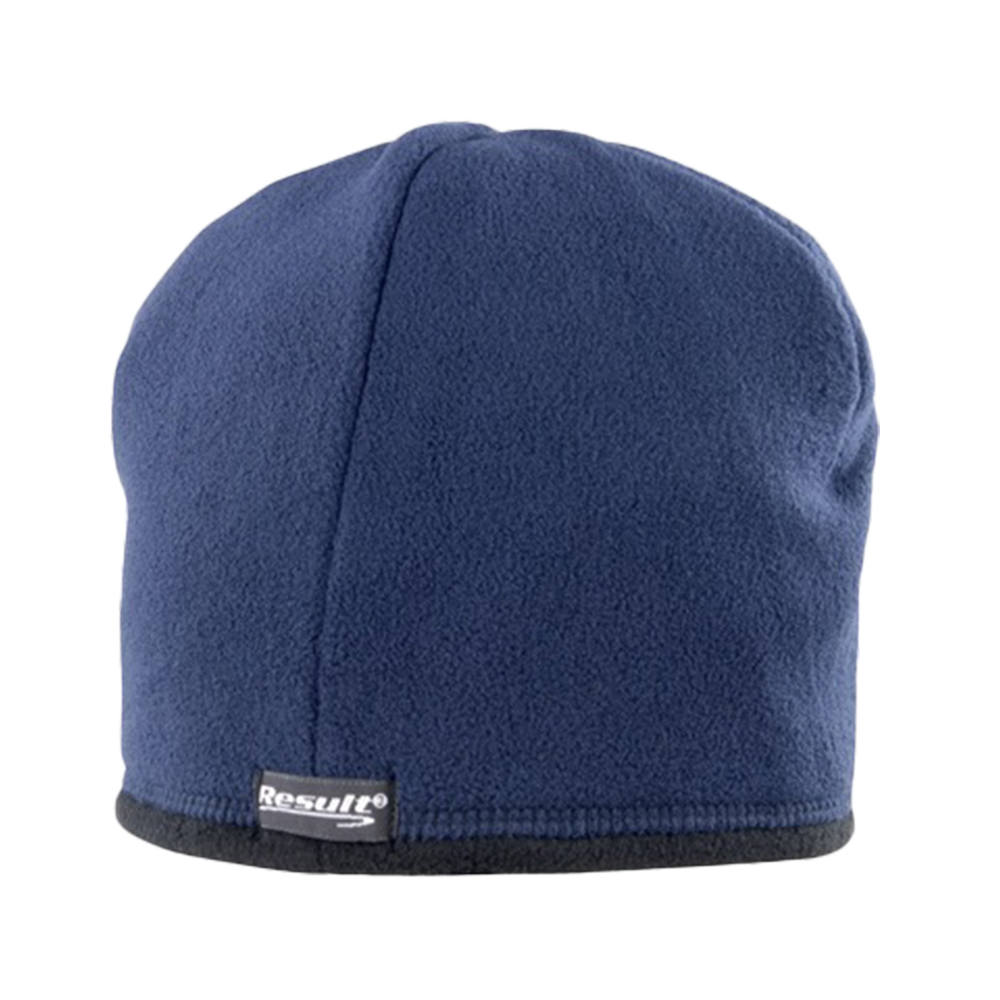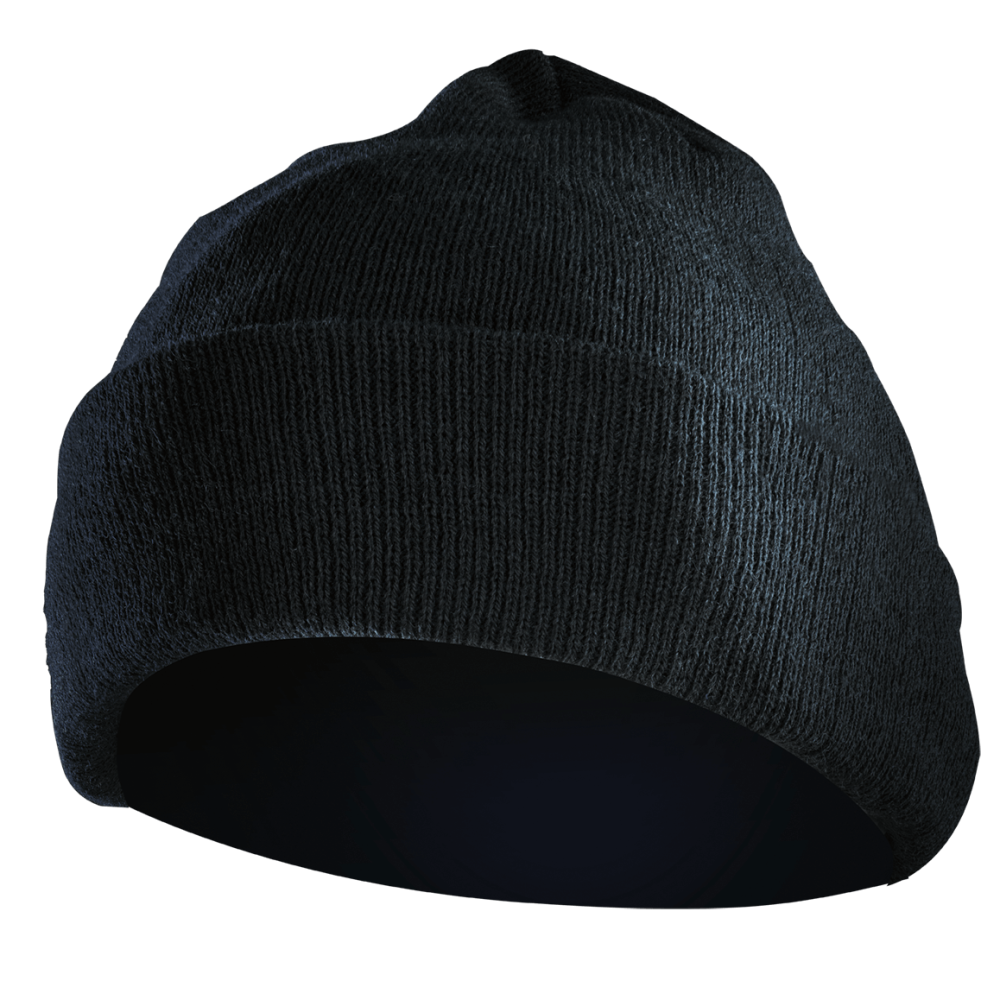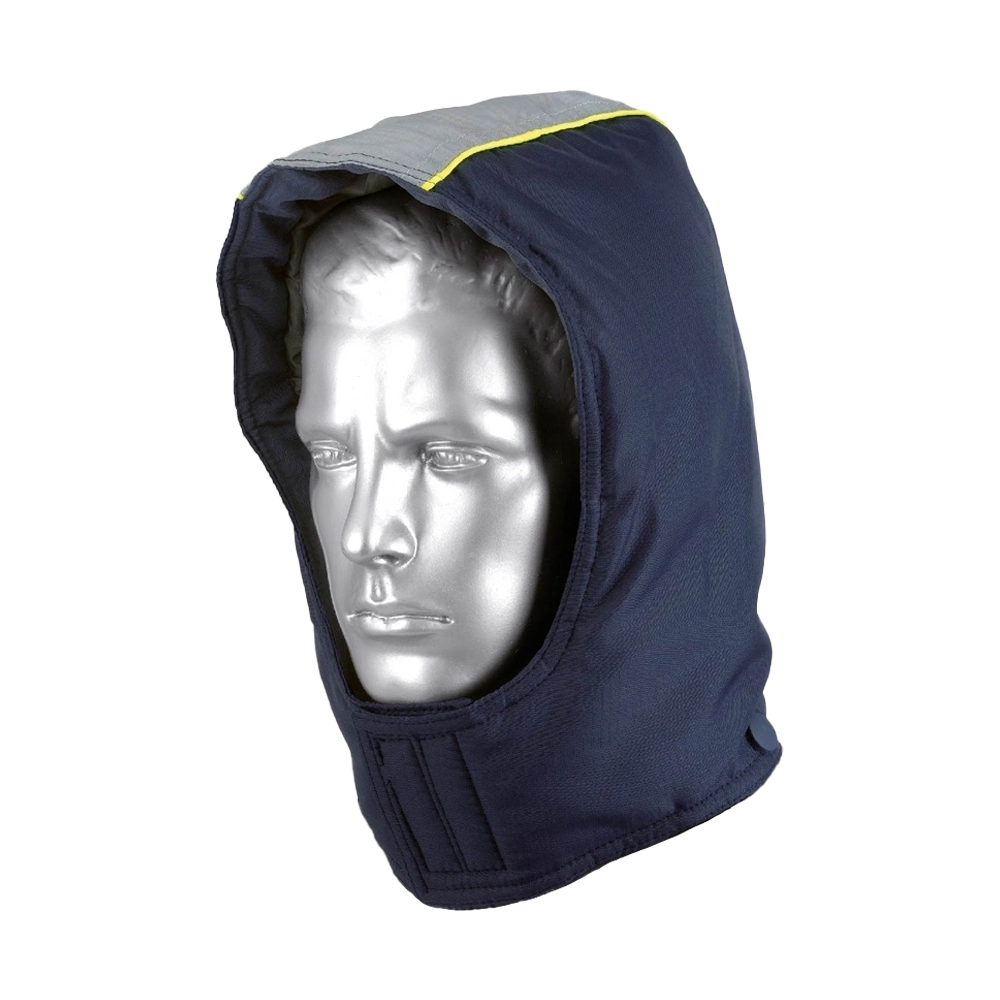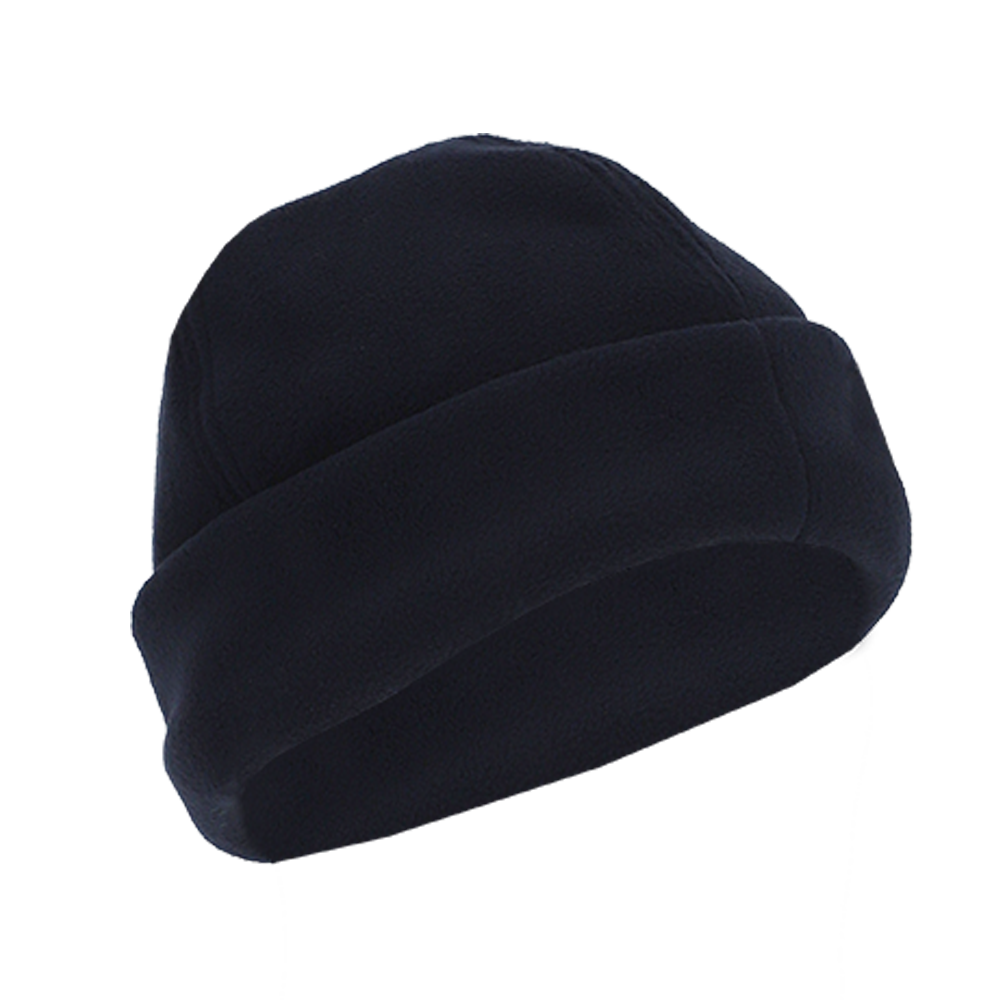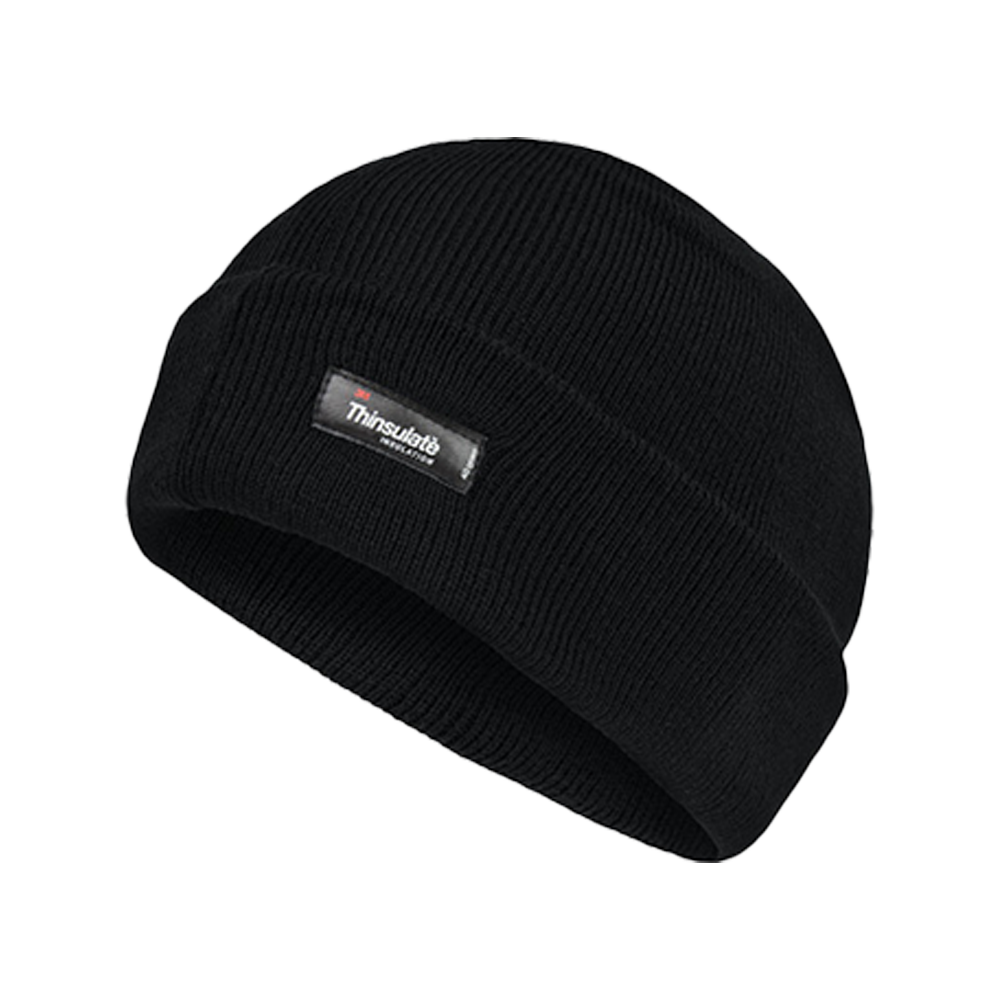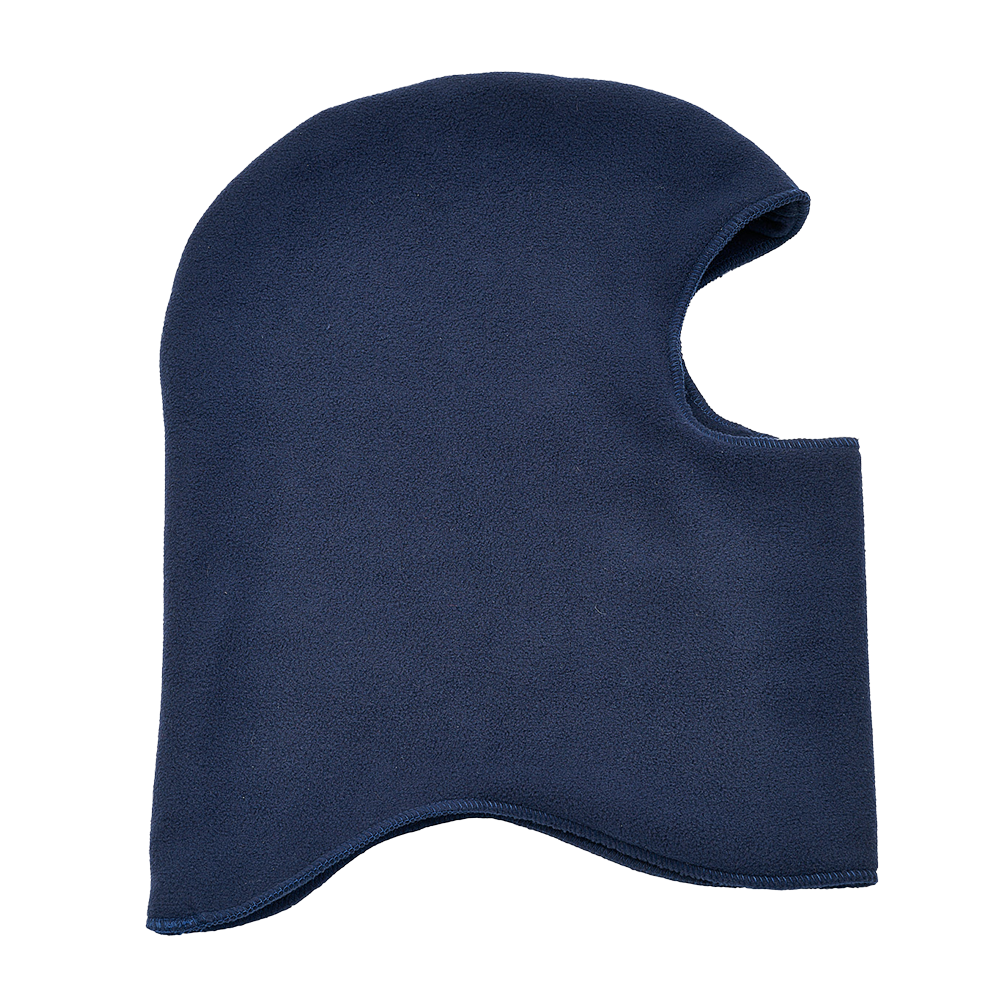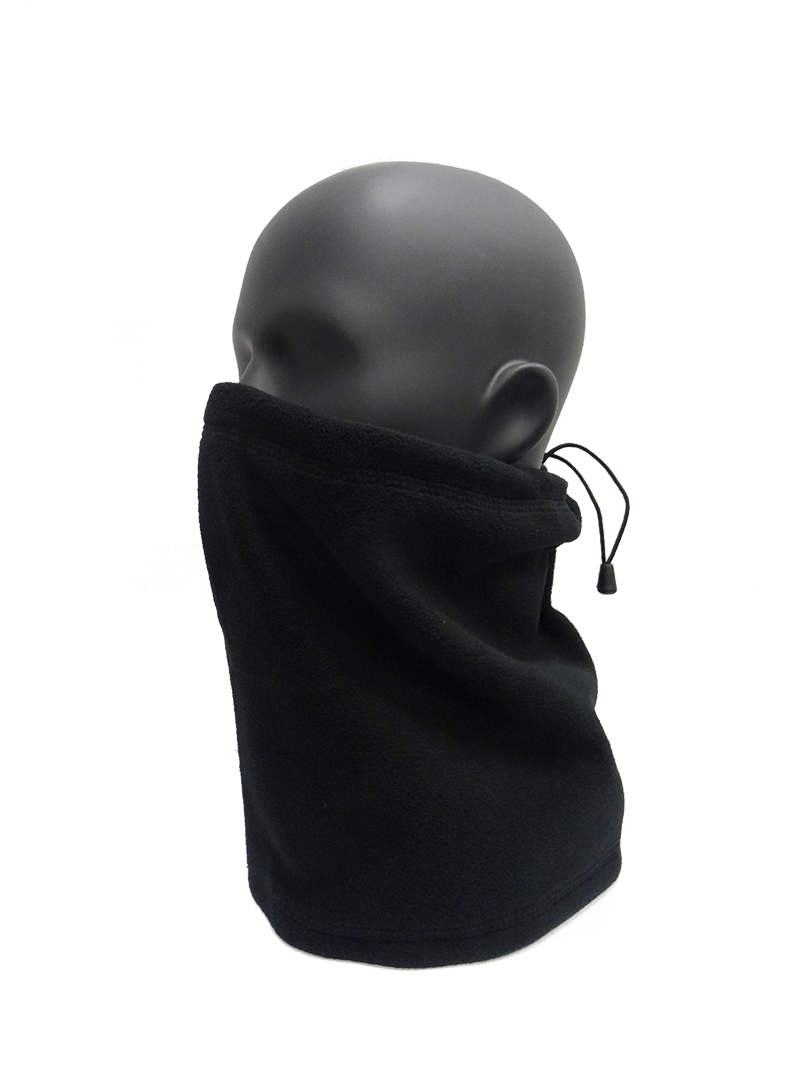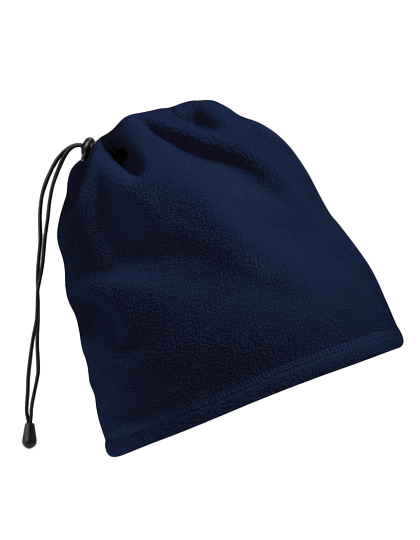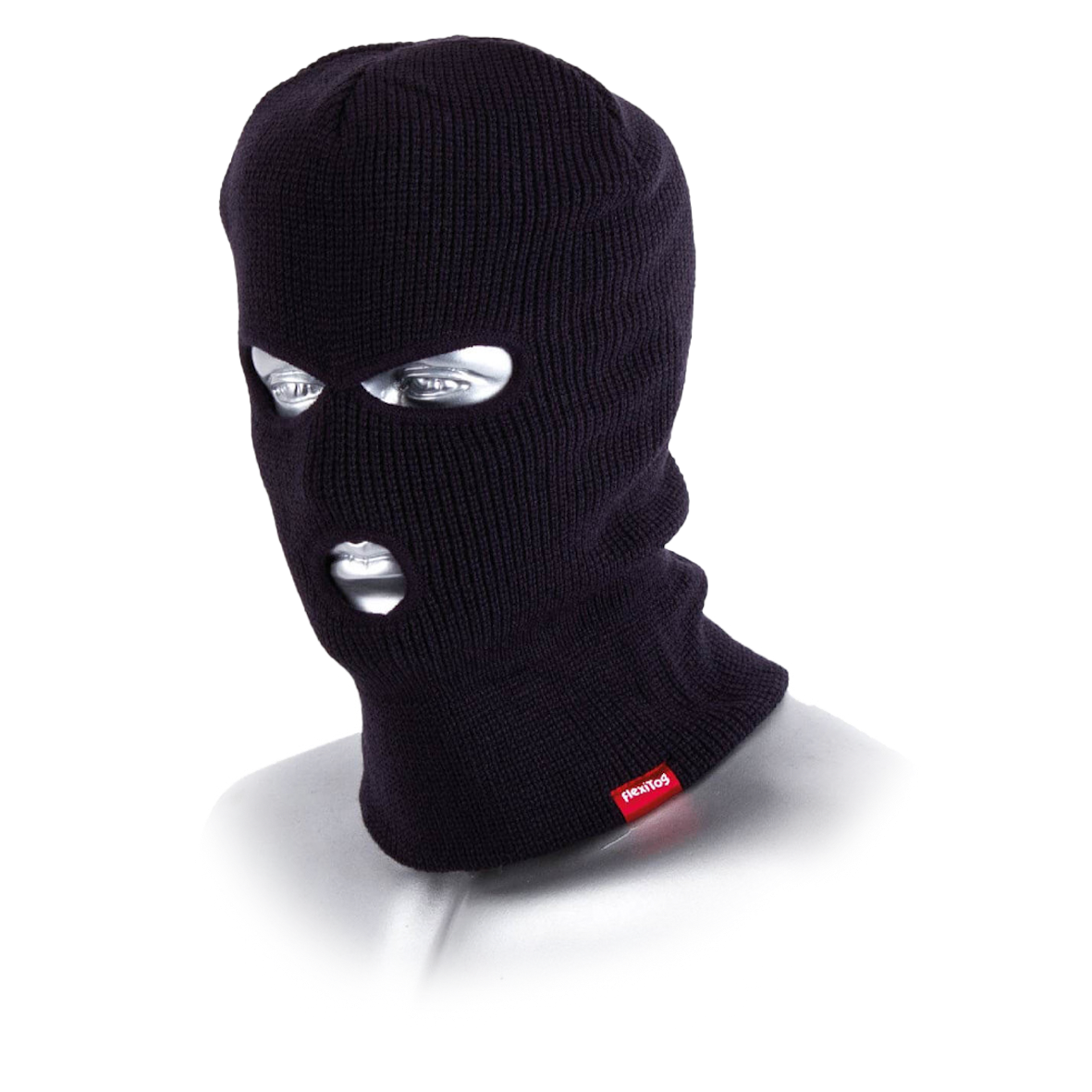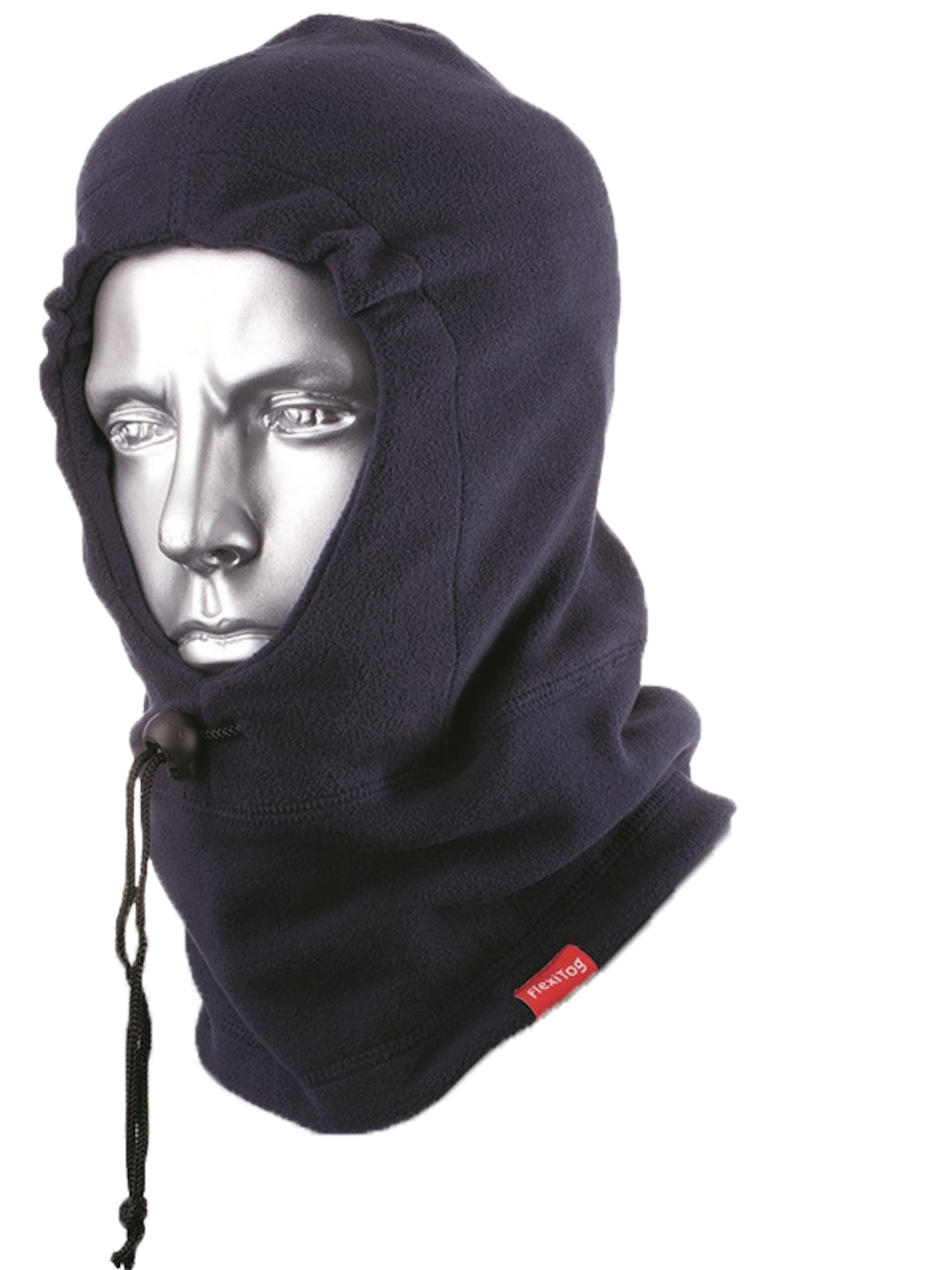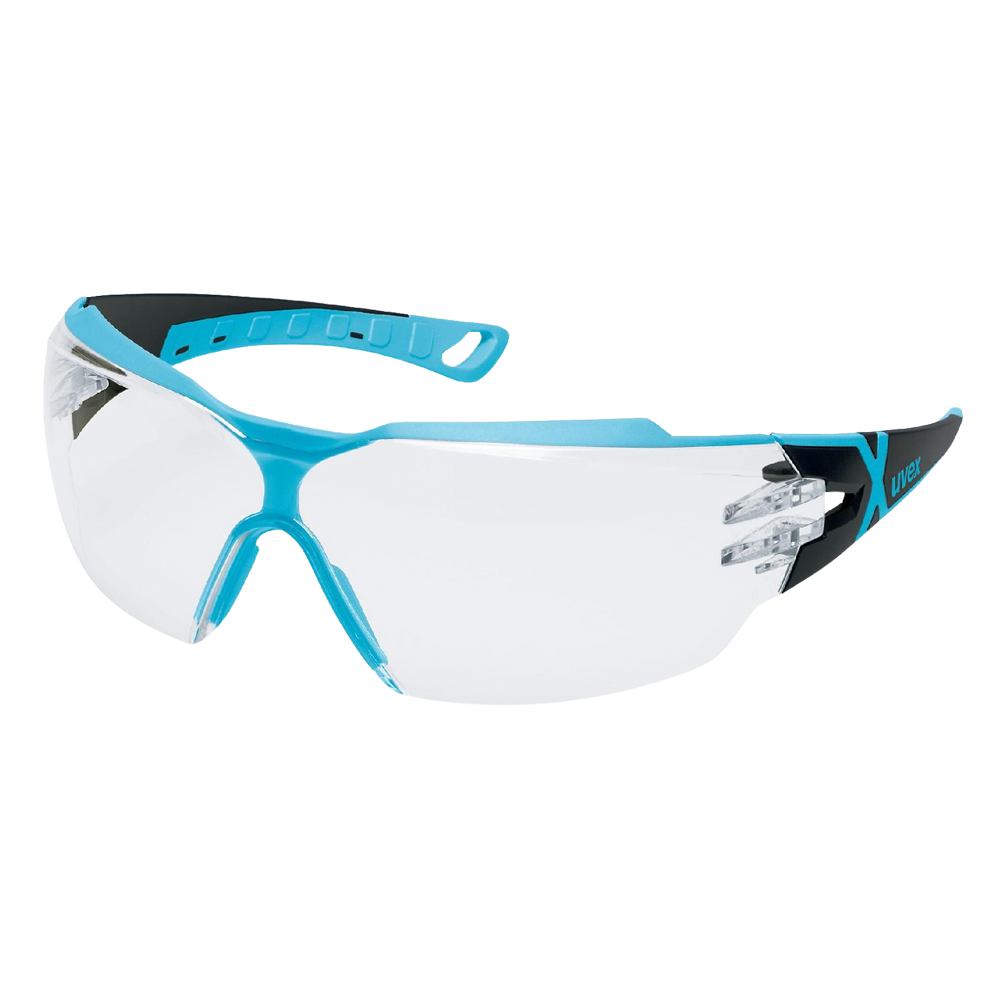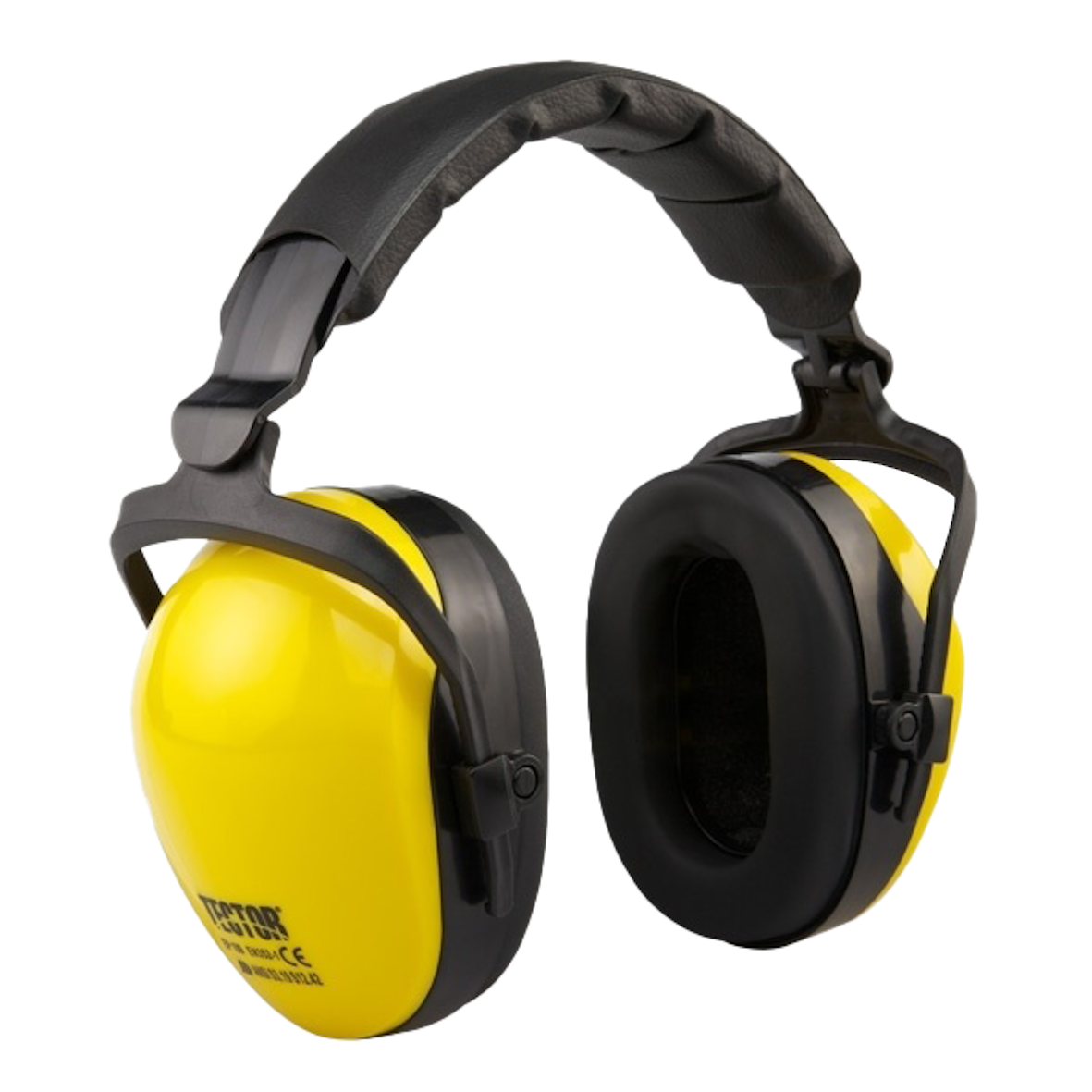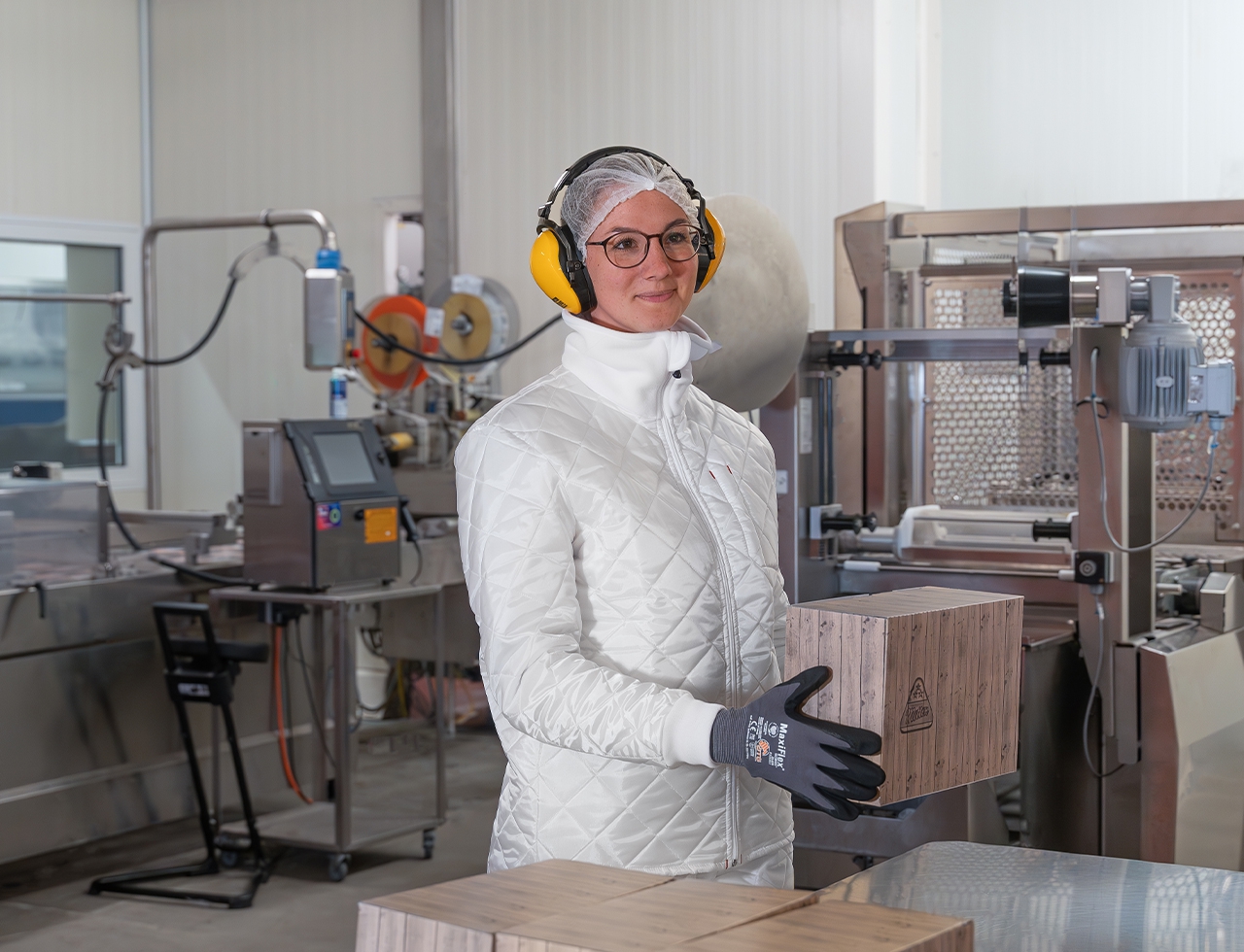





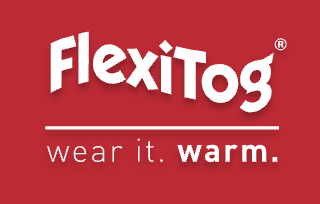

Head Protection for Working Safely.
Head protection from caps to cold protection bonnets to safety helmets: Wherever hard work is done in cold conditions, good head protection is of enormous importance. We offer optimal head protection for deep-freeze, fresh food and logistics areas for safe working in the warehouse or fleet.
Head protection at work
In some professions it is important to wear appropriate head protection. There are many jobs where you can injure your head. The personal protective equipment for the head must be selected by the employer after a previous risk assessment in compliance with the regulations and laws - DGUV Regulation 1 "Principles of Prevention", Occupational Health and Safety Act, PPE Use Ordinance - and made available to the employees.
For which types of work must head protection be worn?
A safety helmet must be worn not only when working on the construction site, with large equipment, liquid metal or when blasting. The right head protection is also particularly important in the logistics sector. A cold protection bonnet, a cap or a knitted cap protect the worker from possible dangers, as well as cold, to which he is exposed during work.
Normal safety helmets protect against injuries to the head. They protect when working with electricity or liquid metal. Bump caps help protect against hard objects that you could bump into.
Balaclavas, caps and cold protection bonnets are used in areas where there is a risk of severe cold.
Is the wearing of head protection compulsory?
The obligation of workers to use the head protection provided arises from § 30 "Use" of DGUV Regulation 1 "Principles of Prevention". According to this, workers must use the personal protective equipment as intended, regularly check that it is in proper condition and report any defects found to the employer without delay.
DIN EN 397
The basic requirements for safety helmets laid down in DIN EN 397 are shock absorption, penetration resistance, chin strap fastening, and burning behavior. They protect the wearer from falling objects and mechanical impacts, thus protecting the wearer from the possible consequences. Likewise, the EN 397 standard includes protection against lateral deformation of the helmet. The safety helmet should protect at very low temperatures (down to -20/ -30 degrees Celsius) and also at very high temperatures (up to 150 degrees Celsius). According to EN 397, safety helmets must be marked. The standard must be written on the helmet, as well as the name and mark of the manufacturer, the year and quarter of manufacture, the type of helmet, the size and the size range (the head circumference in cm), and a short mark of the helmet material. In addition, the helmet must be combinable with other accessories (hearing protection, visual protection or similar).

